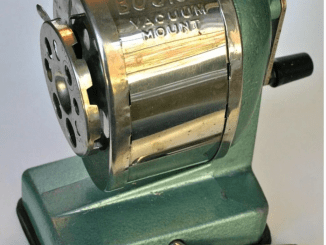Cap guns, also known as cap pistols or cap rifles, hold a special place in the history of toy-making and childhood memories. These toys, which simulate the loud bang and smoke of real firearms, have entertained children for generations. While modern technology has taken playtime to new heights, the humble cap gun evokes a sense of nostalgia, reminding us of simpler times when kids emulated their favorite Western heroes with toy pistols in hand.
In this article, we’ll explore the rich history, evolution, and impact of cap guns, from their origins in the 1800s to their rise in popularity during the mid-20th century. Along the way, we’ll uncover the different types of cap guns, how they work, and the safety measures that have been implemented over time. Let’s dive into the world of cap guns and rediscover this iconic toy.
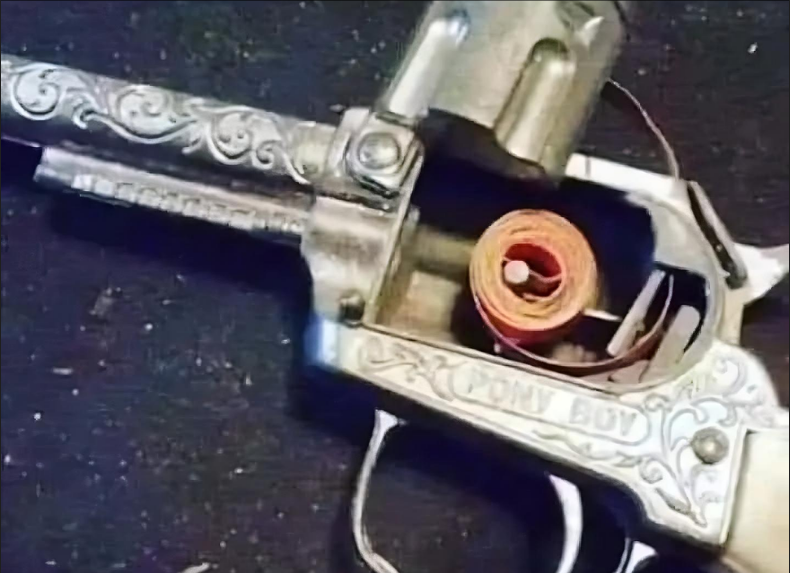
The Origins of Cap Guns: A Historical Perspective
Cap guns trace their roots back to the mid-1800s, a time when real firearms used percussion caps to ignite gunpowder. These caps were small, explosive discs that generated a spark when struck, providing the power necessary to fire a weapon. As firearms technology evolved, the use of percussion caps became more widespread, particularly during the American Civil War.
From Real Firearms to Toys
As the demand for caps in real firearms waned, toy manufacturers saw an opportunity. Firearm companies experimented with toy versions of percussion cap guns, and by the early 1900s, cap guns had become a popular plaything for children. These toys allowed kids to mimic the action of firing a real gun, complete with a loud bang and a puff of smoke, all while remaining completely harmless.
The idea of cap guns truly took off after World War II, when Western-themed television shows and movies became wildly popular. Children idolized cowboys like Roy Rogers, Gene Autry, and The Lone Ranger, and cap guns gave them a way to role-play as their favorite heroes.
The Golden Age of Cap Guns: Post-War Popularity
The period following World War II is often referred to as the “Golden Age” of cap guns. During this time, companies like Nichols, Mattel, Hubley, and Kilgore produced millions of cap guns, each designed to resemble the iconic firearms of the Old West. These toys were made from materials like zinc alloy and cast iron, but as technology advanced, plastic models became more common.
Cap Guns in Popular Culture
Television had a huge influence on the popularity of cap guns. Shows like The Lone Ranger and Gunsmoke featured iconic cowboys battling outlaws, and children eagerly recreated these scenes with their toy guns. Many cap guns were named after Western heroes or given rugged, frontier-themed names like “Stallion 45,” “Mustang,” and “Texan.”
One particularly famous cap gun was the Stallion 45, produced by Nichols Industries in the 1950s. This model had a revolving cylinder and individual bullets, making it one of the most realistic cap guns of its time. Mattel also capitalized on the popularity of cap guns, producing models like the Shootin’ Shells line, which allowed kids to load plastic bullets into the gun for added realism.
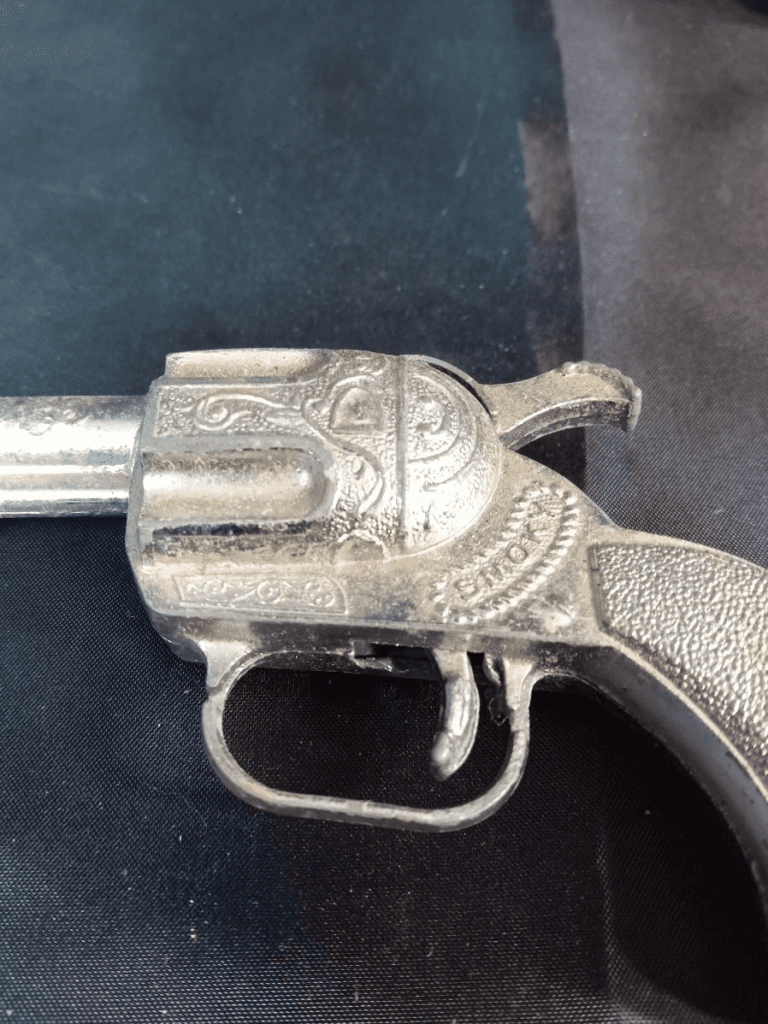
Types of Cap Guns and How They Work
Cap guns come in many forms, from small pistols to larger rifles, and they all share the same basic mechanism: a hammer strikes a cap, creating a popping sound and a puff of smoke. But the way the caps are loaded and the design of the gun can vary significantly.
1. Roll Cap Guns
Roll cap guns use a long strip of paper caps that are fed through the mechanism. Each time the trigger is pulled, a new cap is advanced and struck by the hammer, creating the familiar “bang” sound. These were among the earliest types of cap guns and remained popular for many years.
2. Ring Cap Guns
Ring cap guns are typically modeled after revolvers. The caps are arranged in a circular disk, which is placed in the cylinder of the gun. As the trigger is pulled, the cylinder rotates, aligning a new cap under the hammer for each shot.
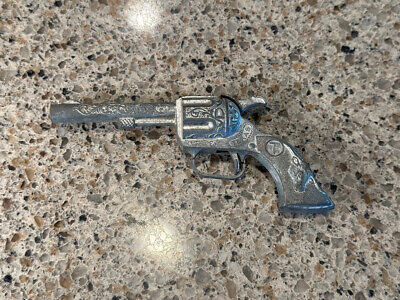
3. Cap Rifles
Cap rifles, often modeled after famous firearms like the Winchester rifle, were also popular among kids. These long guns operated similarly to cap pistols, using either roll caps or ring caps to create the sound and smoke effect.
4. Plug Fire Cap Guns
These more realistic cap guns, often manufactured in Japan, are designed to closely mimic the action of real firearms. They are popular among reenactors and collectors for their accuracy in appearance and function, though they still operate on the same basic cap mechanism.
The Safety and Legal Regulations Around Cap Guns
As cap guns became more popular, concerns over their resemblance to real firearms began to surface. By the 1980s, several incidents had occurred where children carrying cap guns were mistaken for holding real weapons, sometimes with tragic consequences. In response, lawmakers introduced regulations to make toy guns safer.
The Orange Tip Requirement
In 1988, a law was passed in the United States requiring all toy guns, including cap guns, to feature a bright orange, red, or yellow tip at the muzzle. This was intended to make it clear that the toy was not a real weapon and to prevent confusion in public spaces. Today, most cap guns are made with brightly colored plastic or have an unmistakable orange tip to ensure they can’t be mistaken for a real firearm.
The Decline of Cap Guns: Changing Tastes and Technology
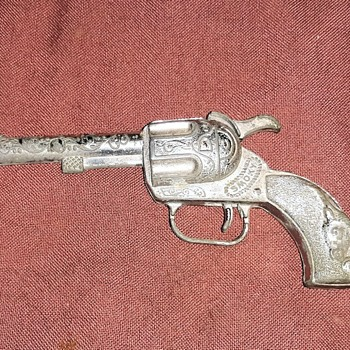
The popularity of cap guns began to wane in the late 20th century as Western television shows fell out of favor and new forms of entertainment emerged. Video games, action figures, and other electronic toys captured the imagination of children, and cap guns gradually faded from the spotlight.
However, cap guns have never truly disappeared. They remain a popular toy for kids interested in role-playing as cowboys, secret agents, or military heroes. Additionally, collectors and hobbyists continue to seek out vintage cap guns, keeping the legacy of these toys alive.
Conclusion: A Timeless Toy with Lasting Appeal
Cap guns may not be as ubiquitous as they once were, but their influence on childhood play and pop culture is undeniable. For many, the sight of a cap gun brings back fond memories of pretending to be a cowboy or a daring sheriff in the Wild West.
Despite the passage of time, cap guns still offer a unique blend of sound, smoke, and action that few other toys can match. Whether you’re a nostalgic collector or a child discovering cap guns for the first time, there’s something timeless about the sharp “click” of a toy pistol and the fun it brings to imaginative play.
